Galaxies and Dark Matter
At DARK, we research distant galaxies using the JWST, analyze their properties, and investigate early universe phenomena.
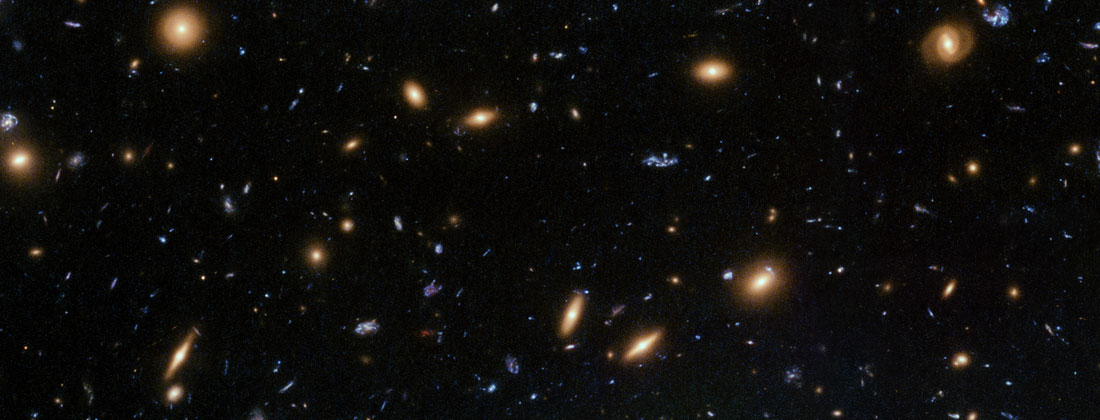
We also study feedback mechanisms affecting star formation, explore the initial mass function's impact on dust formation and luminosity, and investigate dark matter dynamics through simulations and statistical frameworks. Our aim is to understand the universe's early stages, galaxy evolution, and dark matter behavior.
We are currently involved in various collaborations studying the most distant galaxies observable with JWST. With the MIRI European guaranteed time consortium we have obtained the deepest images of the universe, with MIRI at 5.6 μm centred on the Hubble Ultra Deep Field.
In a parallel field, we have obtained the deepest NIRCam images, reaching 31 mag in four bands. We have also obtained MIRI MRS spectra of high-redshift galaxies and QSOs.
Moreover, using public JWST data, including observations of fields where gravitational lensing acts as a magnifying glass, we have obtained hundreds of spectra of the most distant galaxies known, at z=4-13.
We use these data to characterize the properties of the first galaxies in the universe. We have also used MIRI to observe PAH emission from intermediate redshift galaxies, which traces their star-formation rates.
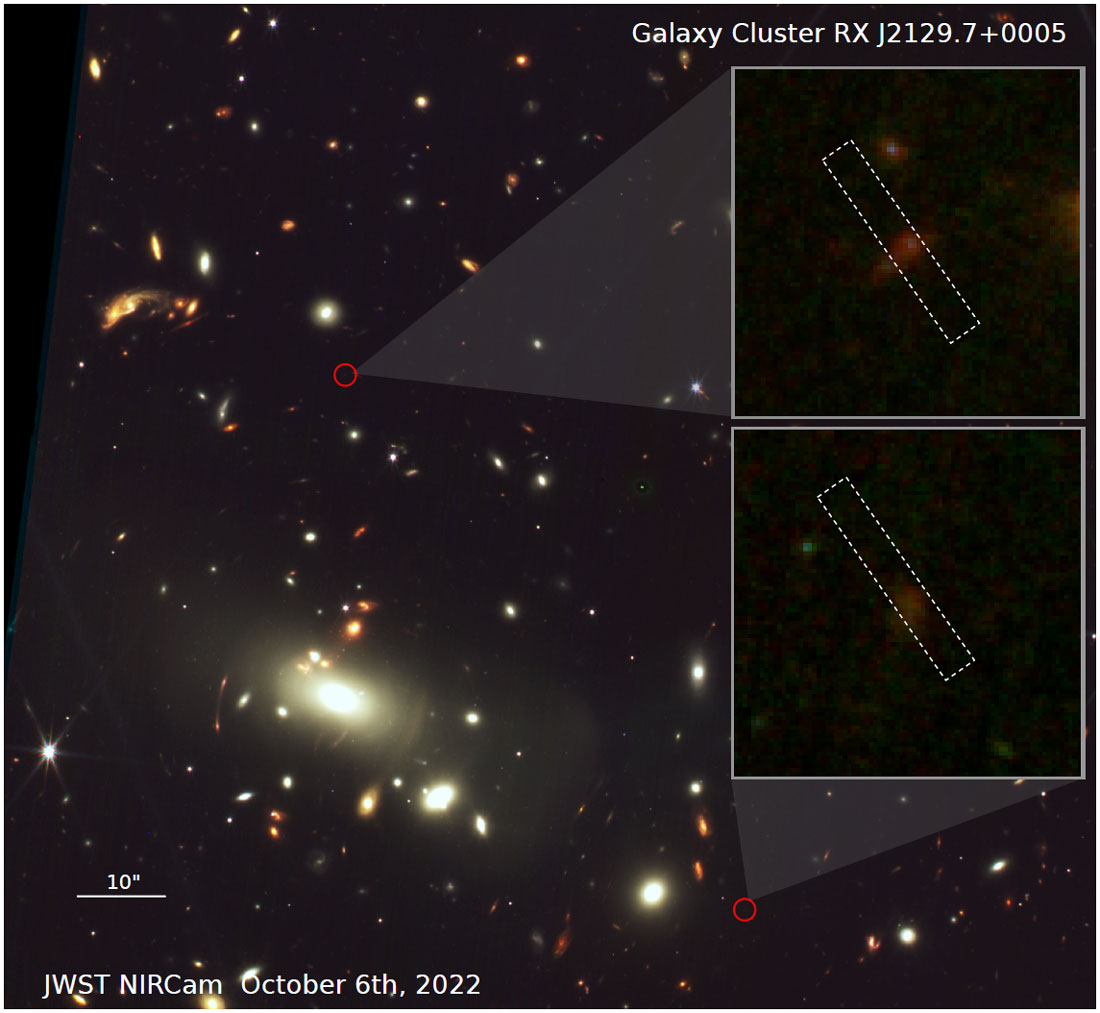
- https://ui.adsabs.harvard.edu/abs/2023Sci...380..416W/abstract
- https://ui.adsabs.harvard.edu/abs/2023ApJ...946L..40L/abstract
- https://ui.adsabs.harvard.edu/abs/2023ApJ...951L...1P/abstract
- https://ui.adsabs.harvard.edu/abs/2022arXiv221202491L/abstract
- https://ui.adsabs.harvard.edu/abs/2023arXiv230706336L/abstract
Danial Langeroodi, Jens Hjorth
Transients, such as supernovae, originate from the explosion of evolved stars.
They have been observed for decades using telescopes working at different wavelengths from radio to X-rays and this huge effort is leading to new discoveries each year. This includes the identification of sub-classes of explosions, which relate to differences in the properties of their stellar progenitors.
Supernovae are in general observed in external distant galaxies, for which we cannot directly observe their progenitor stars. Consequently, to infer the physical properties of the stellar populations giving rise to supernovae, as well as the properties of their surrounding environments, one of the most direct analysis methodologies is given by the study of their host galaxies.
Indeed, the observed light from galaxies is the result of the composition of multiple stellar populations located within them (from young massive blue stars to Sun-like yellow stars, and late-type red dwarfs) and less so by atomic and molecular gas located in star-forming regions.
Using high-resolution instruments, such as advanced spectrographs and integral field unit detectors, coupled with spectral synthesis codes and high-performance computing machines, we are now able to decompose the light observed from an entire galaxy, and the immediate environments of supernovae, into their single stellar components.
This allows us to infer the general properties (such as the age, metallicity, and mass) of supernovae progenitors. At the same time we obtain precious information on the properties of the galaxy itself such as the distribution of the gas, the radial velocity of star and gas components, and how many stars are currently formed.
Moreover, with spatially-resolved analysis, we are also able to reconstruct the possible evolutionary history of supernova progenitors using a set of indicators obtained from spectral properties, such as the presence of ongoing interactions between gas, shock waves, and kicks suffered by progenitor systems. It is an analysis similar to what crime investigators do: using a set of limited pieces of evidence for the "death" of stars, we are now able to reconstruct the cause(s) of the death and in many cases the age, and the main characteristics of the "star victim".
- https://ui.adsabs.harvard.edu/abs/2022ApJ...924...55G/abstract
- https://ui.adsabs.harvard.edu/abs/2021A%26A...656A.136T/abstract
- https://ui.adsabs.harvard.edu/abs/2018A%26A...610A..11I/abstract
- https://ui.adsabs.harvard.edu/abs/2017MNRAS.472.4480I/abstract
Luca Izzo, Diego Farias, Cecilie Cold, Jens Hjorth, Christa Gall
Despite the relatively high efficiency of star-formation on giant molecular clouds scales (~10-30% of molecular gas per free-fall time), it is remarkably inefficient on galaxy scales (typically below a few percent per free-fall time).
However, if left unregulated, the “inefficient” galaxy-scale star-formation is sufficient for turning the entire gas into stars much faster than the age of the Universe, forming galaxies that are much more massive than what we observe.
Feedback is responsible for regulating the galaxy-scale star-formation efficiency, and its eventual quenching. It does so by removing the molecular gas from galaxies through feedback-driven outflows and by making the environment unfavorable for forming stars (e.g., high temperatures and high radiation pressure).
Although the role of feedback in regulating the star-formation and quenching is widely accepted, the relative importance of different feedback mechanisms (e.g., stellar radiation vs. supernovae vs. AGN feedback) at different evolutionary stages of galaxies is still ambiguous. This is especially because numerical simulations (and some key observations) have shown that various feedback mechanisms can combine non-linearly to drive outflows and cause quenching.
We are interested in investigating this nonlinear combination by constructing simply-parameterized models based on numerical simulations and constraining them against empirical data.
We are also investigating the quenching process from an observational perspective by measuring the time-scale for the decline of the interstellar medium and of the star formation rate in nearby galaxies. We plan to extend this line of research to higher redshifts.
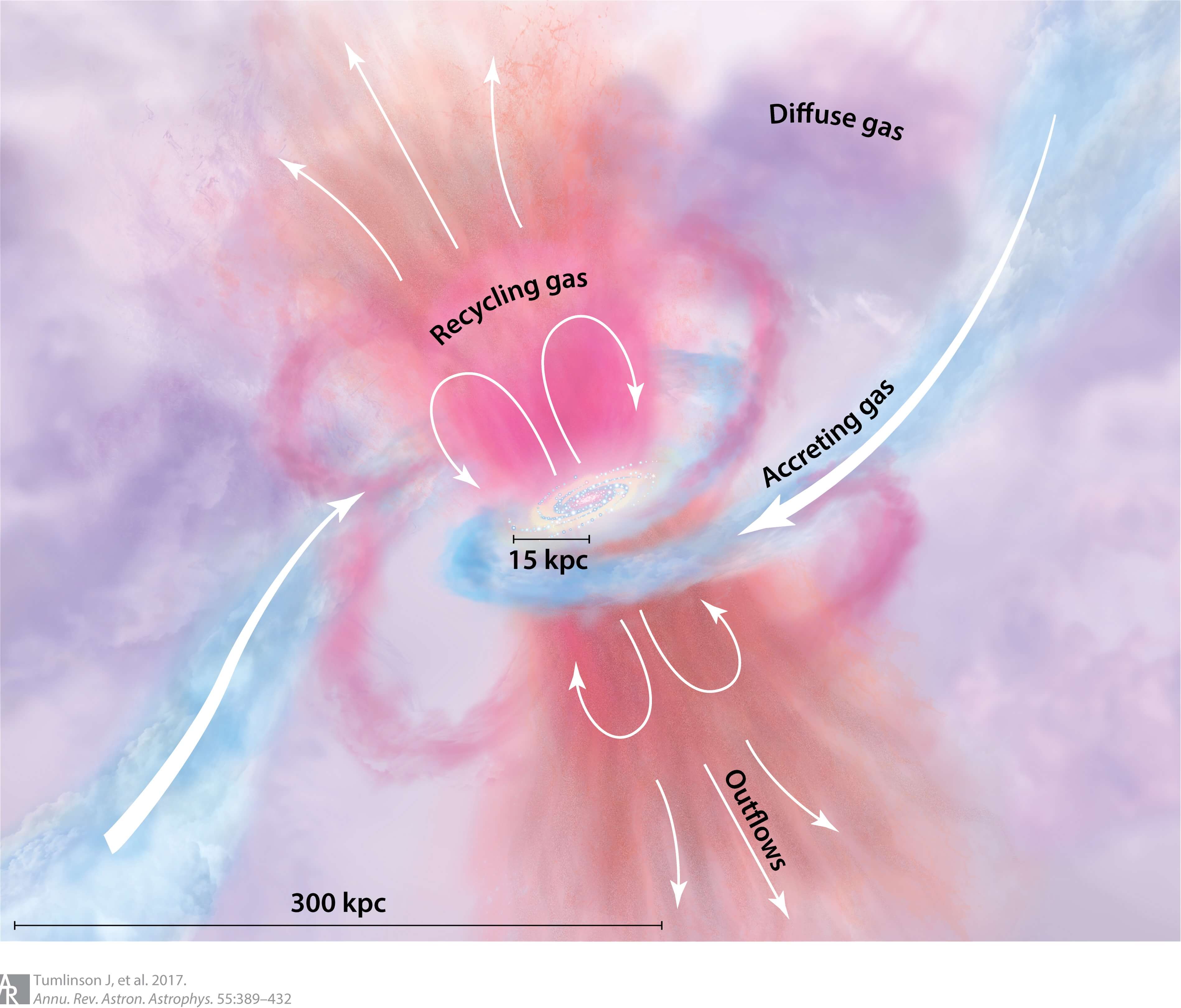
- https://www.nature.com/articles/s41550-023-01911-3
- https://ui.adsabs.harvard.edu/abs/2022arXiv221202491L/abstract
- https://ui.adsabs.harvard.edu/abs/2023ApJ...953...27L/abstract
Danial Langeroodi, Jens Hjorth, Aleksandra Leśniewska, Christa Gall
The initial mass function (IMF) defines how many stars of a given mass are formed out of a total amount of gas.
To explain the formation of large amounts of dust in distant galaxies and quasars there seems to be a need for a ‘bottom light’ IMF at high redshift. For a bottom light IMF less gas gets locked up in low-mass, inert stars than is usually found in the local universe (e.g., ‘Chabrier IMF’), and more gas is available to form massive stars which produce supernovae.
This mechanism will form metals very early and will make galaxies more luminous, as suggested by recent JWST data. We need to explain, however, how a high star formation rate can be sustained without quenching star formation. Moreover, we need to investigate the mechanism for the transition to a normal IMF, e.g., through increased metallicity, re-accretion of expelled gas, or lowered cosmic microwave background temperature as galaxies evolve.
- https://ui.adsabs.harvard.edu/abs/2023arXiv230202429P/abstract
- https://ui.adsabs.harvard.edu/abs/2014ApJ...782L..23H/abstract
- https://ui.adsabs.harvard.edu/abs/2011A%26ARv..19...43G/abstract
- https://ui.adsabs.harvard.edu/abs/2011A%26A...528A..14G/abstract
Jens Hjorth, Danial Langeroodi, Christa Gall
We study the stellar dynamics of the Milky Way, Local Group, and nearby Universe, as a tool to understand their history and composition. Such dynamical information can be used to measure the mass distribution of these systems and is also a window into learning about the distribution and properties of dark matter.
Different dark matter particles have different dynamical properties, for example in terms of its propensity to form sub-halos or the shape of the dark matter density profiles in dwarf galaxies. We study systems such as the recently discovered phase-space spiral, tidally disturbed dwarf galaxy satellites, and stellar streams.
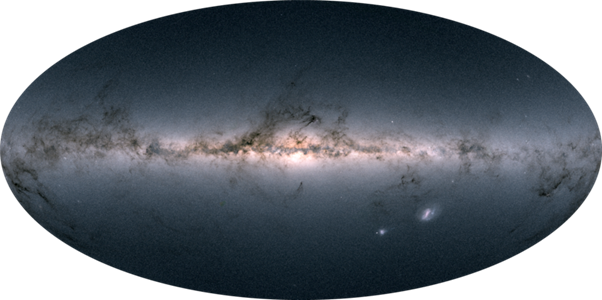
- https://ui.adsabs.harvard.edu/abs/2022A%26A...668A..95W/abstract
- https://ui.adsabs.harvard.edu/abs/2021A%26A...653A..86W/abstract
- https://ui.adsabs.harvard.edu/abs/2022ApJ...941...19P/abstract
Axel Widmark, Sarah Pearson (joining early 2024)
Dark matter consists of particles, which interact through gravitation, but in contrast to a classical gas, they do not have time to interact via binary encounters during the lifespan of the universe.
Dark-matter halos are dissipationless structures and their final states are collisionless self-gravitating equilibria. While one can simulate the approach to equilibrium with N-body simulations, a fundamental understanding of the underlying physical process is lacking.
We have proposed a novel statistical mechanical framework for interpreting the outcomes of numerical simulations and have recently shown that halos end up in an equilibrium state following monotonic evolution independent of the initial state.
To put the theory to the test, the next step will be to track the evolution of the proposed entropy functional in a dedicated N-body simulation.
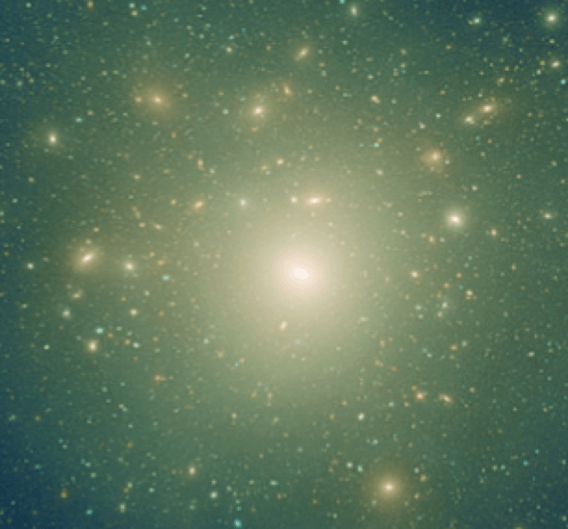
- https://ui.adsabs.harvard.edu/abs/2022ApJ...937...67W/abstract
- https://ui.adsabs.harvard.edu/abs/2010ApJ...722..851H/abstract
Jens Hjorth, Steen Hansen, Radek Wojtak
